“The goal of a good illustration is to tell a story. The perspective, the composition and the color of the image, are fundamental supports for the correct storytelling.”
Would you like to design the next indie comic or a superhero everyone loves? How about writing the script for the most exciting TV series of the moment, creating the final video game in eSports, or the best-animated film of the year with immersive settings? Animation and Digital Arts is the career offered by Tecnológico de Monterrey for all those passionate about art and technology.
A successful project in the world of digital art must have two fundamental parts: a good story, which is the script or the main idea, and the conceptual art, which is the visual guide for the project. Success may rely upon a text that tells an impacting story that connects with the audience, a narrative that has the potential to hook them from start to finish, and visual development that brings all those ideas to life and stays in their memory forever. But the most interesting thing is when we realize that all this starts with a small drawing.
Every digital creation begins with one of the most basic and elementary techniques in the art world, which is, specifically, the drawing. Although today we can rely on programs like Photoshop to draw digitally, using it could not be possible without the basics of traditional drawing techniques. One common fear of the beginner is when they face the drawing of the object volumes; however, this is something very natural because perspectives, lights, and shapes define everything that our eyes see. Perspective is what allows us to understand when something is closer or farther away from us; it helps us not to fall down steps or avoid stumbling over something that is in our way. The challenge when we draw is that we have to learn how to translate our observations with a conscious mental process that helps us understand what we see and capture it correctly.
Drawing has been something I have done since I have had the use of reason, and it was always something more intuitive than a rigid concept with rules. This changed when I started the animation career. I began learning the concepts and rules necessary to know “what to do” and “what not to do” concerning drawing to improve my technique. It was then when I noticed a lot of bad habits I had in drawing, and of course, one of the main challenges for me was perspective. A new way of doing things at first made me feel as if they had restricted my free stroke and imagination, changing it to something squarer.
The traditional way of teaching the concept of perspective should shift to models that help us understand it as a tool that allows the narrative of our illustrations to be understood as a whole; perspective should favor what we want to tell and not be a limitation. The purpose of a good illustration is that you can tell a story. Several elements have to be taken into account when planning images, like color, shape, composition, so that the creator can make the viewer see what they see and, thus, their message is clear. This has to do with perspective, composition, and image color, as these are fundamental supports for correct storytelling. It is essential to understand the functionality and rules of perspective and then simply use this notion to our advantage. In this article, I share images of my creation. My artistic name in the world of illustration is Norita Feliz.
Some production processes in the industry have been optimized thanks to tools that could be considered “cheating” without the necessary prior knowledge of drawing in theoretical and practical terms. For example, using 3D programs to render an entire scene and then with those digital bases, trace it to make complex backgrounds without the need to do the whole process of perspective drawing from scratch or use pre-made drawing grids instead of doing it freehand.
Digital tools are best used with prior understanding of traditional techniques, as we use them as a digital emulator to achieve similar results. The advantage is that digital tools lower the costs, and they are much more practical and faster means to attain the same results. The downside is that they do not give the same feeling as doing everything live.
One of the trends in the world of animation and digital art is virtual reality (VR) experiences. I was recently fortunate to attend a conference by Goro Fujita, an illustrator who has worked for large companies like Dreamworks. Still, he dedicates himself to creating VR experiences with a program called Quill that allows making 3D illustrations and at the same time, animating them to create wonderful experiences. You can find him on Instagram as goro.fujita. His work has all the elements that good illustrations need, like incredible lighting, perspectives, and colors that narrate beautifully. Still, the most important thing is that he manages to combine all these things in his creations with a new rendering technology. His work collects the previous foundations and knowledge of illustration and visual development. It applies them in a three-dimensional virtual world in real-time, which is extremely novel in the area of digital art.
The class I will teach this semester aims to enjoy the understanding and practice of perspective and volumes, as well as to understand how these affect our environment and everything around us. Ideally, as experts in our area, we should always keep in mind the importance of simplifying complicated concepts and making them student-friendly to foster the enthusiasm to learn new things. And letting them know that not everything has to be perfect; if not, it’s perfectible.
About the Author
Nora Ahiko Félix Amano (norafelix@tec.mx) holds a degree in Animation and Digital Art. She is a professor in the Art Department of Tecnologico de Monterrey at Campus Guadalajara. She has worked in companies such as Tequila Bunny, dedicated to the development of video games, and in the department of art at Alteacorp, a company specialized in video mapping.
This article from Observatory of the Institute for the Future of Education may be shared under the terms of the license CC BY-NC-SA 4.0 
)
)
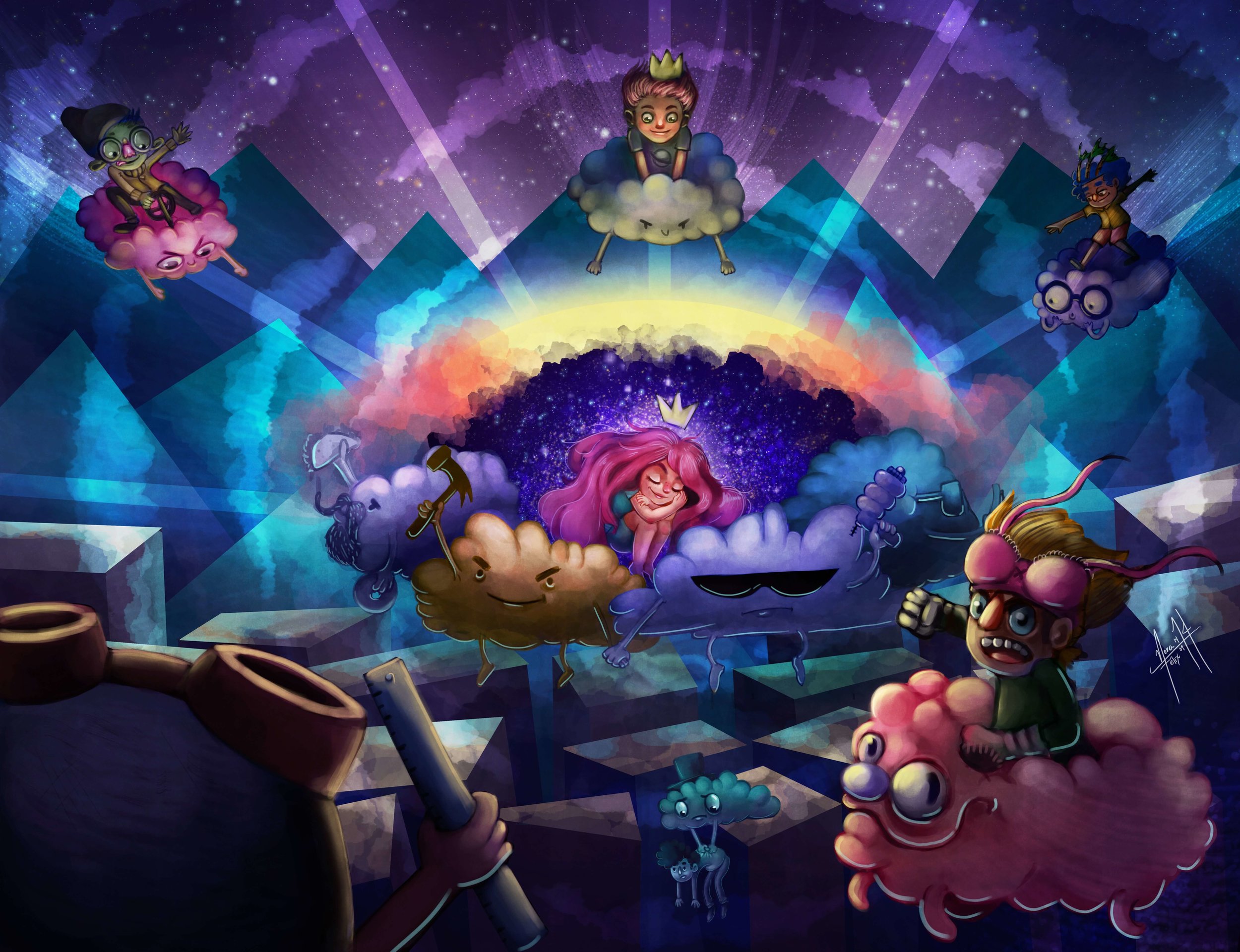
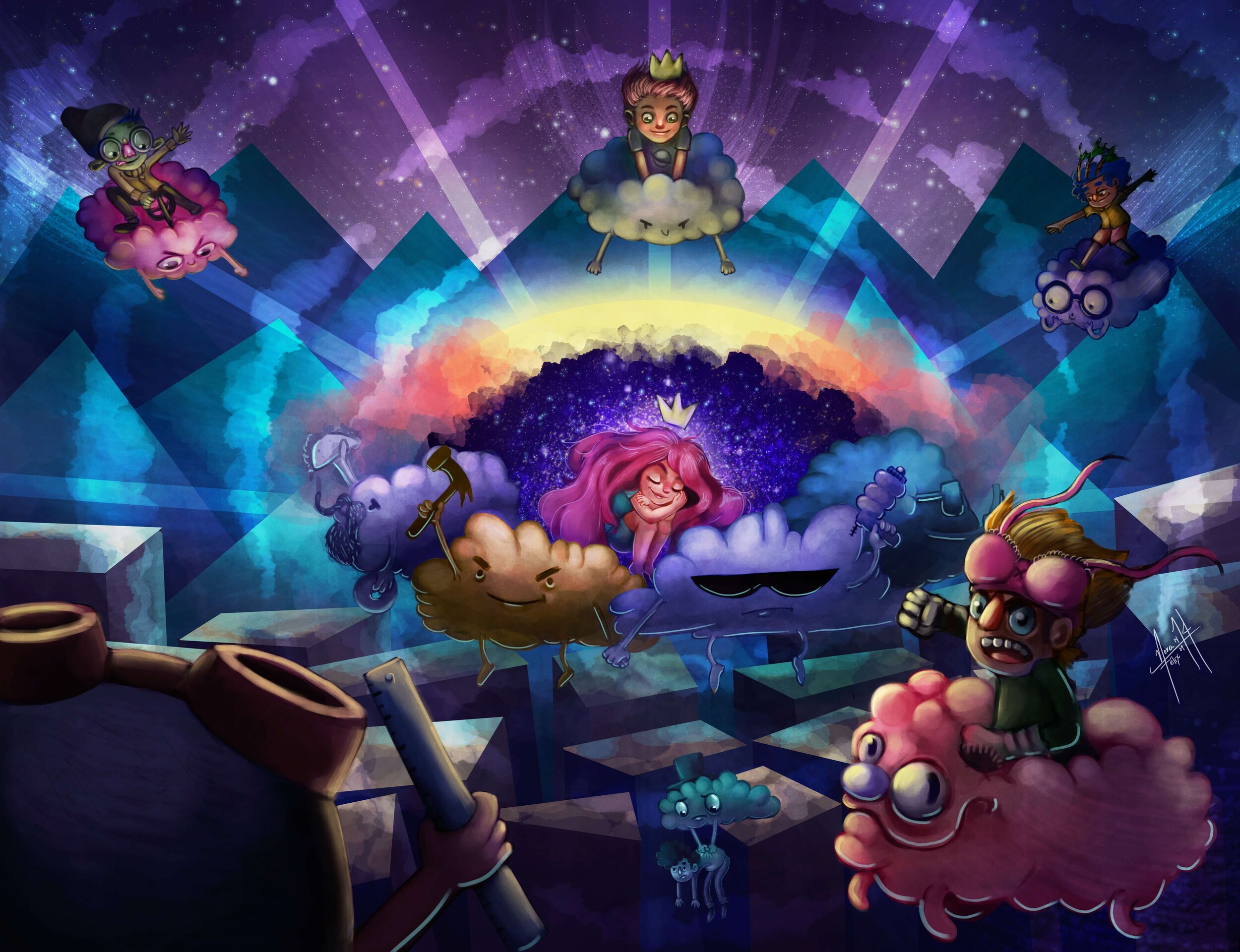


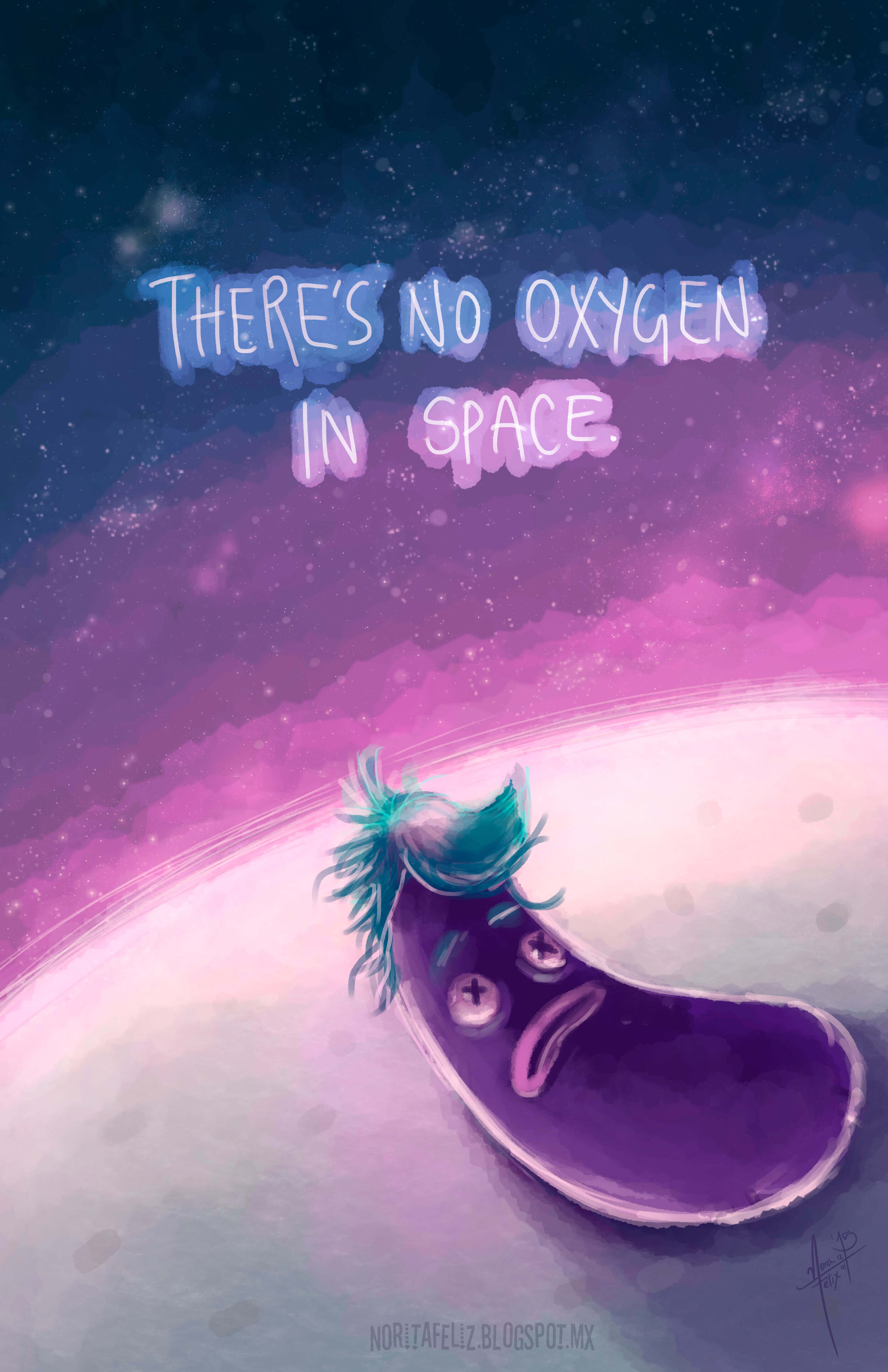
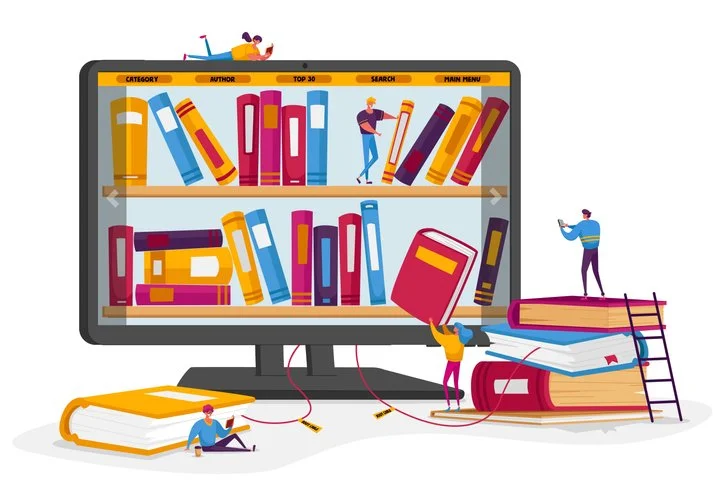

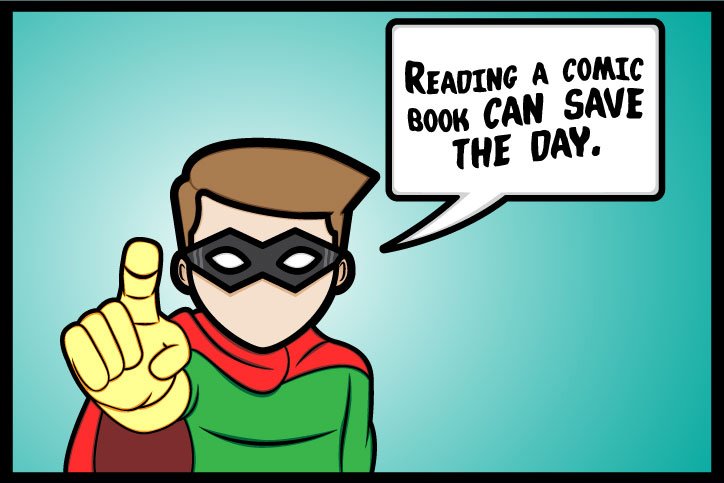
)
Roman Litvin
Roman Litvin
Roman Litvin